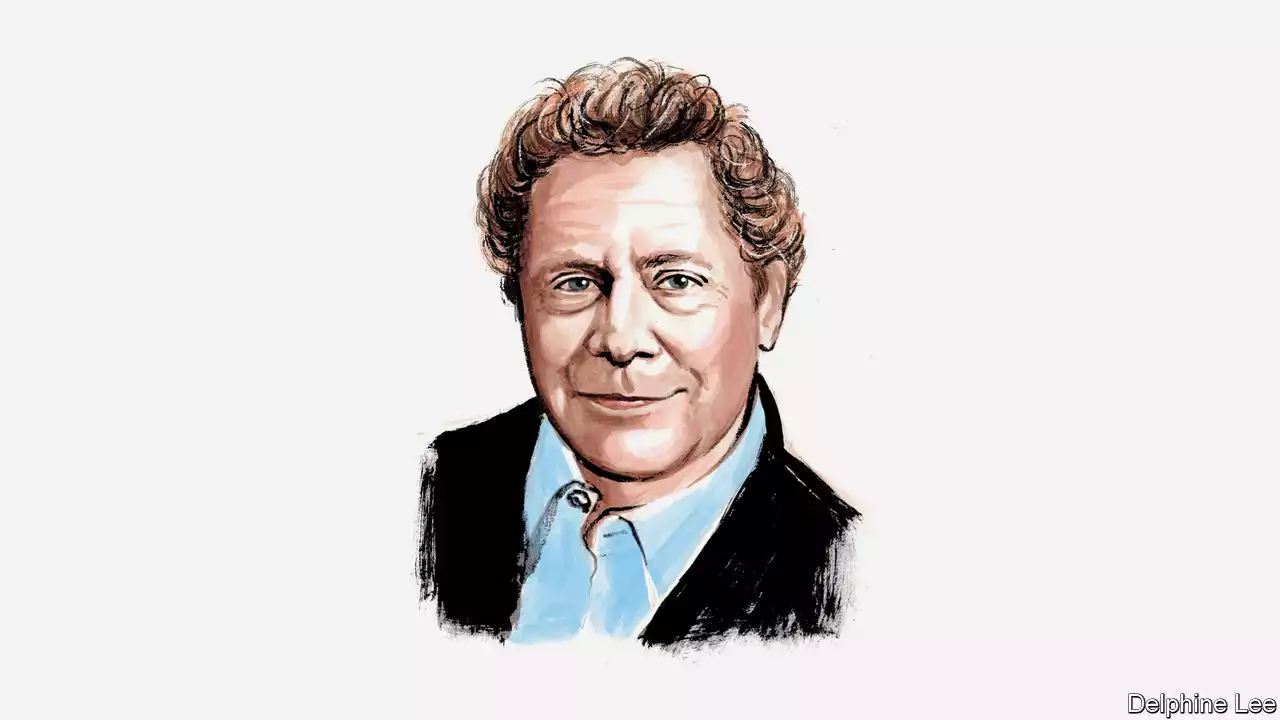“If ever there was a time to level the global-health playing field, it is now,” argues the outgoing CEO of Gavi, the Vaccine Alliance, in a guest essay for The Economist
few positive legacies of the covid-19 pandemic is the pace and scale of scientific innovation that it triggered. The world received vaccines at record-breaking speed, the result of work based on revolutions in biotechnology, artificial intelligence, gene-editing and computing. We already have two vaccines that can prevent certain forms of cancer. More may emerge by the end of the decade, along with new ones capable of targeting heart disease, acne and a range of tropical diseases.
Take the pandemic. Science may have developed and manufactured covid vaccines in less than 11 months—and not just one, but over time dozens of them—but most of the early doses went to rich countries. If distribution is left to market dynamics alone, poorer countries will almost always get less. People in such places will either be priced out of the market or not even considered viable customers by profit-focused manufacturers, as was historically the case for a wide range of vaccines.
Poorer countries often used to have to wait for more than a decade to access new vaccines. Gavi changed that, not through science but economics. By pooling demand from lower-income countries, thus providing manufacturers with long-term guarantees, we were in effect able to create new markets in these countries.
Building vaccine-producing capacity in such regions will take time. It requires the creation of a sustainable vaccine ecosystem that includes manufacturing facilities, subsidies to defray some of the high initial costs of building them, specialised workforces, rigorous and independent regulatory systems, and sustained demand for routine vaccines.
